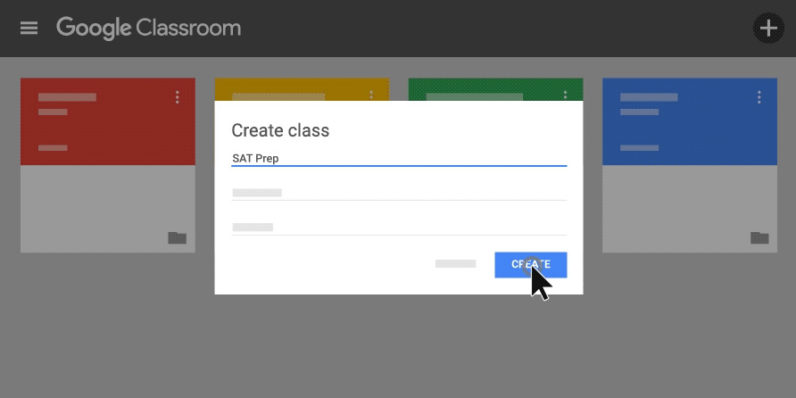
A few years ago, the cloud was a promise to reduce costs of IT and improve flexibility and scaling by providing on-demand computing, storage and services to every organization.
Today, the cloud is a ubiquity we take for granted. We expect every file, every service and digital asset we have to be available across all our devices everywhere we go, at any time of the day.
The omnipresence of the cloud has streamlined and transformed quite a number of domains, including education. Today, thanks to cloud computing, education and training has become more affordable, flexible and accessible to millions of people and thousands of businesses.
Here’s a look at how cloud-based education has changed things for the better.
Lower software and hardware costs
One of the problems schools and training departments in organizations have constantly struggled with is to keep up with hardware, software and IT staff costs and complexities. In contrast, the cloud has been offering low-cost, subscription-based model that can support more companies and organizations.
In the past years, solutions such as Google’s suite of educational tools have provided schools with a free access to general classroom tools such as word processors, spreadsheets and presentation software. Cloud applications such as Google Docs allow students to easily collaborate on assignments in an easy-to-use environment.
Microsoft has also made its move to the cloud, providing subscription-based access to the cloud version of its popular Office suite, which it offers for free to students and teachers.
Virtual classrooms
One of the interesting developments in the space has been the advent of virtual classrooms in the cloud. Virtual cloud classrooms provide teachers with a paperless way to set up classes and courses, distribute material and assignments, and track and grade student progress from their desktop browser or smartphone.
Bigger tech corporations are also entering the space. Google launched its Classroom app as part of G Suite for Education in 2014 and Microsoft released its own Classroom last year. Both solutions revolve around providing a unified environment to better use office cloud apps in managing classes.
Virtual training labs
Cloud platforms can be a boon to professional education. For instance, IT training is traditionally associated with large investments in hardware and complex setup costs. However specialized cloud platforms have provided a flexible, cost-effective and easy-to-deploy alternative.
One example is CloudShare, a provider of cloud-based virtual machines, which enables companies to setup virtual training labs for their training sessions. With CloudShare, trainers can create any number of VMs of various operating systems in a virtual class environment, assign them to students, monitor their use and actively assist students when needed.
Better access to education and training
By 2025, the global demand for higher education will double to approximately 200 million students per year, mostly from emerging economies. Elsewhere, the disruption of the economy and employment landscape by artificial intelligence is increasing demand for professional training in various fields.
But thanks to cloud-based education, more and more people can now attend academic and professional courses. In recent years, we’ve seen the emergence of massive open online courses (MOOCs) platforms, which provide easy and affordable (sometimes free) access to knowledge and training.
In 2012, Stanford University professors Andrew Ng and Daphne Koller founded Coursera, a cloud platform that offers online courses, specializations, and degrees in a variety of subjects, including data science, computer science, engineering and medicine. Aside from Stanford, other top universities such as Princeton, University of Michigan and Penn State University are now using the platform to offer their programs to students worldwide.
Applicants can enroll for courses, specialization certificates or full higher education degrees. As of 2017, the platform offers more than 2,000 courses and has more than 24 million registered users worldwide.
edX, a platform similar to Coursera created by Harvard University in collaboration with the Massachusetts Institute of Technology, added high school education to its platform in 2014 to help people across the world get access to secondary education.
Cloud-based learning platforms offer anyone with an internet connection classrooms, lectures, course material and a seamless environment where they can learn at their own pace and work on assignments and projects on any device and anywhere they go.
Where do we go from here?
With such huge amounts of data being collected and processed in the cloud, the next step of cloud education is the integration of artificial intelligence in the process. AI algorithms can assist both teachers and students in the learning process, finding pain-points in the teaching process and lending a hand where learners are struggling. Most major vendors have either taken their first steps or are now considering integrating AI-powered tools in their training solutions.
We’ve already seen acceleration and enhancements in education and training thanks to the cloud. What will come next can be even more exciting.
Get the TNW newsletter
Get the most important tech news in your inbox each week.




